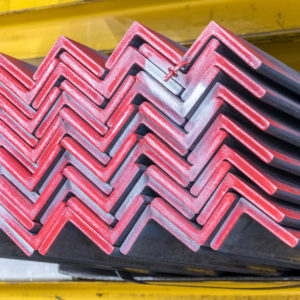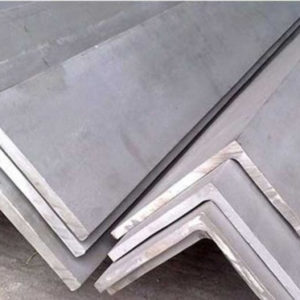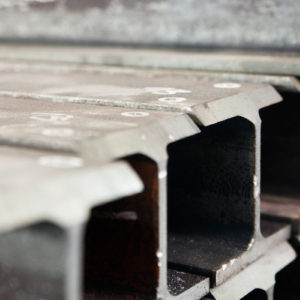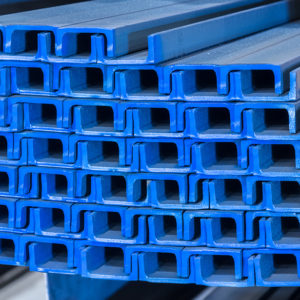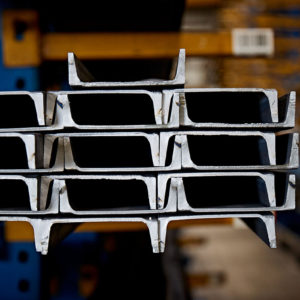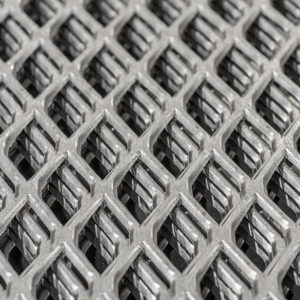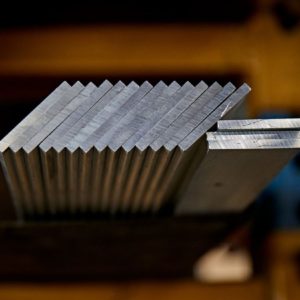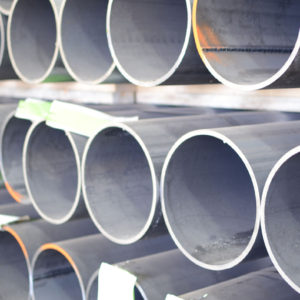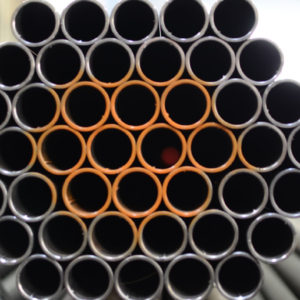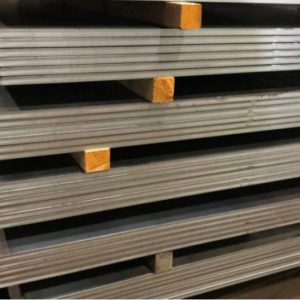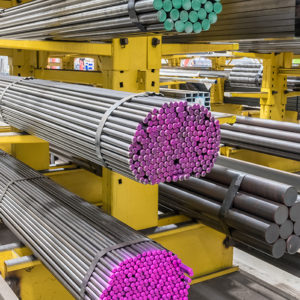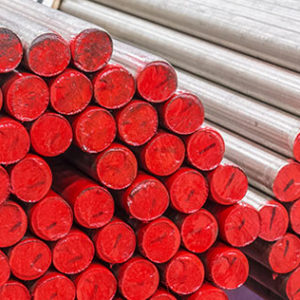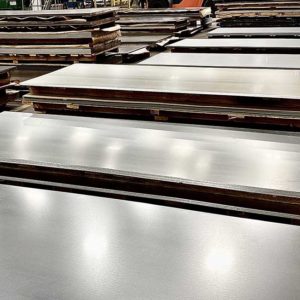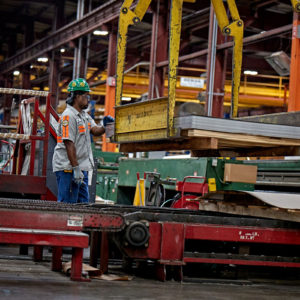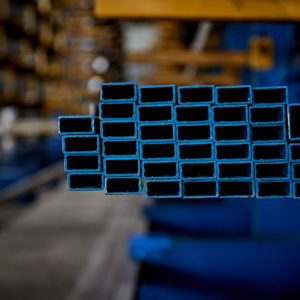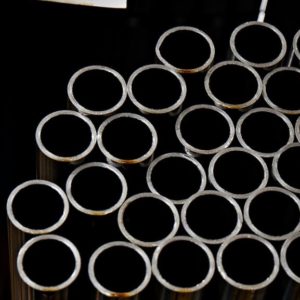Showing all 10 results
Stainless steels, by definition, are iron-based alloys containing 11.5% minimum chromium as the major alloying constituent. A continuous film of chromium oxide on the surface of the metal makes the material “stainless”; removal of this film diminishes its capacity to resist the initiation of corrosion, which is usually progressive.
The addition and/or restriction of certain select materials in specific ranges has resulted in a group of alloys having remarkable versatility in their suitability for service over a wide range of temperatures in various environments. These alloying additions may have one or more beneficial effects in enhancing the tensile strength, toughness, corrosion resistance, scaling resistance at high temperature, machinability, and formability. The ultimate selection of the proper stainless steel will require consideration of the end use, the strength requirements, the nature and intensity of the corrosive media that it must endure, and the fabrication techniques required to get it to its final form.


